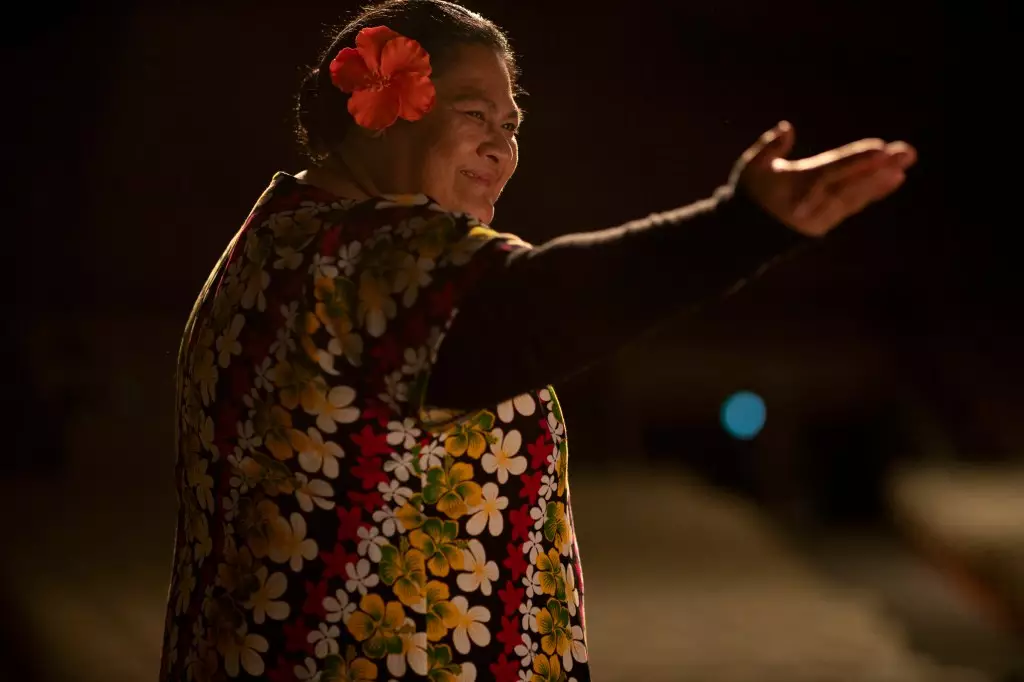The recent buzz surrounding Miki Magasiva’s film “Tīnā” reveals an industry increasingly obsessed with superficial diversity and cultural tokenism. While producers like Magasiva tout this project as a groundbreaking Pasifika story designed to bridge cultural gaps, a critical perspective suggests that it instead perpetuates the Western gaze on marginalized communities. The film’s international acclaim appears more reflective of Hollywood’s ongoing need for “diverse” stories to enhance global markets than an authentic celebration of Pasifika voices. Assigning global significance to a narrative shaped predominantly by Western gatekeepers reveals a troubling dynamic: storytelling controlled from outside the community it aims to portray. As a society that values genuine representation, we ought to question whether “Tīnā” genuinely elevates Pasifika voices or if it merely appropriates their stories for mainstream appeal.
The Irony of Commercial Success and Cultural Depth
While Magasiva’s debut boasts impressive box office figures—over ten million dollars across New Zealand, Australia, and the Pacific—the commercial achievement should not overshadow its potential shortcomings. It is tempting to celebrate such success from a liberal vantage point that champions inclusivity, but this triumph might mask a superficial understanding of Pasifika identity. When a film’s primary aim is to appeal broadly, it risks diluting complex cultural nuances to fit Western storytelling molds. The emphasis on having a relatable, emotionally resonant narrative—centered around grief, identity, and generational healing—can slide into melodrama when driven more by marketability than authenticity. True cultural representation demands more than visceral storytelling; it calls for authentic voices, community-driven narratives, and self-determination—elements that often get overshadowed when films chase awards and box office figures.
Does “Tīnā” Serve the Community or The Industry’s Appetite for Diversity?
Magasiva’s assertion that “Tīnā” was made “by our community, for our community” is, at face value, inspiring. However, from a critical standpoint, this statement warrants skepticism. Who truly benefits from this narrative? Is it Pasifika communities reclaiming their stories, or is it an industry eager to capitalize on the latest trend in diversity? The film’s journey to American cinemas, accompanied by hefty promotional backing from Rialto Distribution—and praised by industry figures—exposes a pattern where marginalized stories are commodified to serve broader market interests. Genuine liberation through storytelling requires more than just production or international distribution; it requires empowerment within the community, ownership over the narrative, and control of how their stories are told and used.
Authentic Voices or Cultural Spectacle? The Need for Self-Determination
The global appetite for “Tīnā” reflects a complex paradox: audiences hunger for meaningful stories, yet often receive curated versions that fit Western entertainment paradigms. It underscores the necessity for communities like Pasifika to chart their own cinematic futures—beyond the industry’s gaze, beyond awards, and beyond commercial milestones. Without authentic self-representation, even the most heartfelt films risk becoming superficial spectacles designed to satisfy Western sensibilities rather than true cultural expression. For a truly emancipated narrative landscape, it is imperative that Pasifika filmmakers lead their stories, define their truths, and decide their image—not primarily for international acclaim, but for genuine cultural preservation and growth. The celebration of “Tīnā” should serve as a call for more community-led projects, not as a marker of cultural success dictated from outside eyes.



Leave a Reply